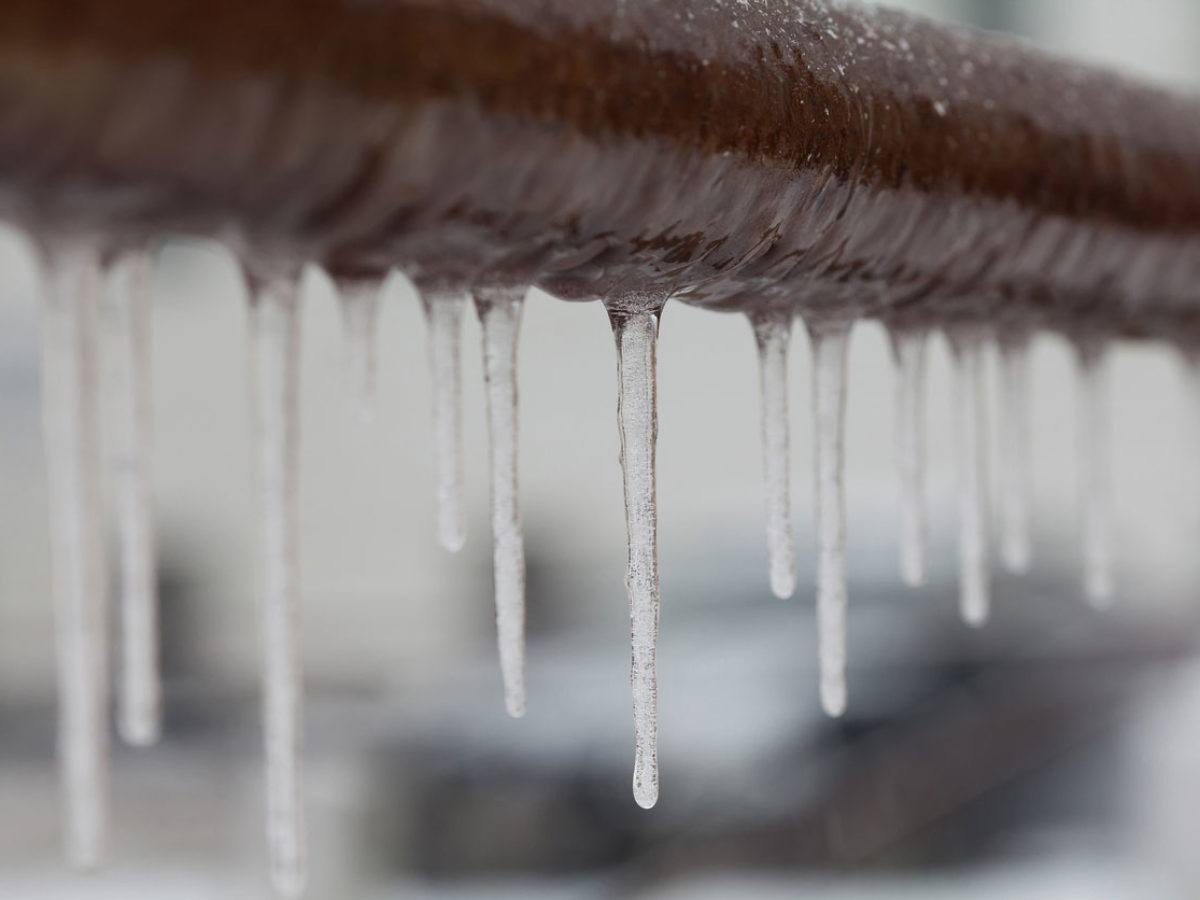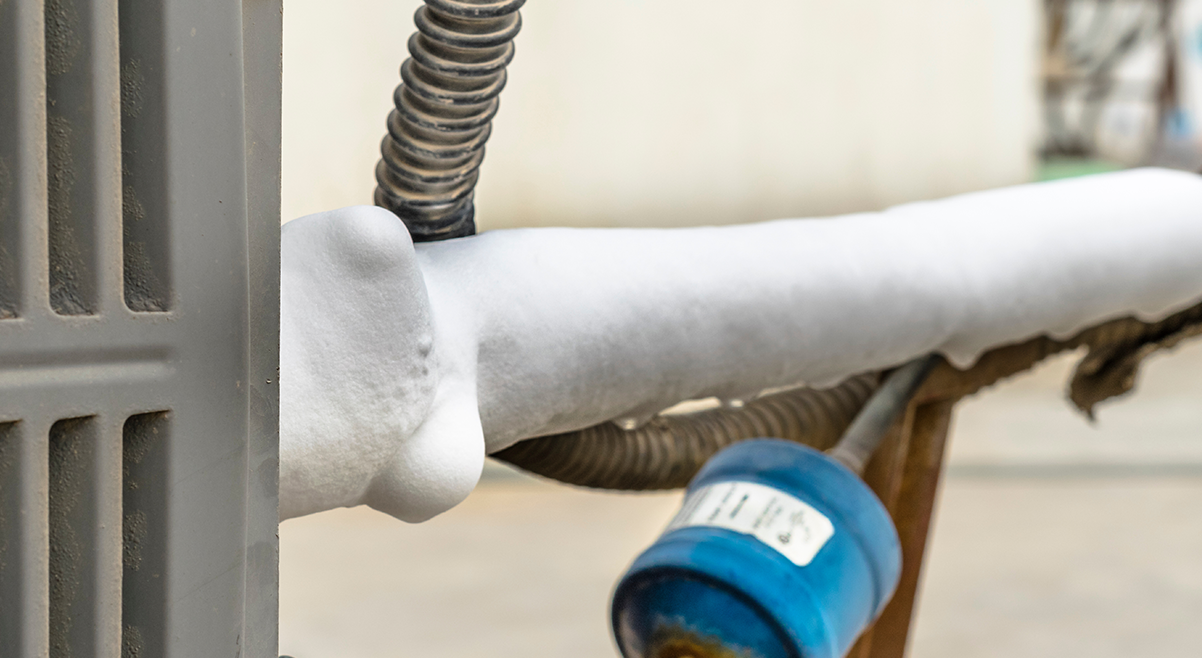Everyone maintains their personal piece of advice when it comes to How can I fix an air conditioner’s frozen pipe?.

Introduction
Finding that your air conditioning pipe is frozen can be worrying, particularly during hot summertime when you rely upon your air conditioner the most. Understanding what to do in such a scenario is essential to stop additional damages to your air conditioning system and ensure your comfort indoors.
Recognizing the Causes
Numerous aspects can contribute to the cold of an a/c pipe. Understanding these reasons can help you resolve the problem effectively.
Absence of Airflow
One common reason for an icy a/c pipeline is inadequate air flow. When the air movement over the evaporator coil is restricted, it can create the coil to drop below freezing temperature level, leading to ice formation on the pipe.
Low Refrigerant Levels
Not enough refrigerant levels in your a/c system can also result in a frozen pipeline. Reduced refrigerant degrees can create the stress in the system to go down, bring about the freezing of dampness on the evaporator coil.
Cold Weather Conditions
In chillier environments, freezing temperature levels outside can add to the freezing of air conditioning pipes. If your a/c system is not effectively shielded or if there are leakages in the ductwork, cool air can penetrate the system, creating the pipeline to ice up.
Dirty Air Filters
Filthy or stopped up air filters can restrict air movement in your a/c system, causing different problems, including an icy pipeline. It's important to replace or clean your air filterings system routinely to ensure correct air movement and stop ice build-up.
Signs of a Frozen AC Pipe
Identifying the indications of a frozen a/c pipe is critical for punctual action.
Lowered Airflow
If you observe a significant reduction in air movement from your vents, it might show a frozen pipe.
Ice Buildup on the Pipe
Noticeable ice buildup on the cooling agent line or the evaporator coil is a clear indicator of an icy AC pipeline.
Unusual Sounds from the Unit
Uncommon audios, such as hissing or bubbling, coming from your a/c device can signal that there's ice present on the pipeline.
Immediate Actions to Take
When confronted with an icy AC pipe, it's necessary to act swiftly to stop more damages to your air conditioning system.
Switching off the air conditioner
The first step is to shut off your air conditioner to stop the system from running and aggravating the concern.
Looking for Blockages
Check the area around the indoor unit for any kind of blockages that may be blocking airflow, such as furnishings or drapes.
Thawing the Pipe
You can use mild techniques like placing towels taken in cozy water around the frozen pipe to help thaw it gradually.
Preventive Measures
Taking preventive measures can assist avoid future events of a frozen air conditioner pipeline.
When DIY Methods Fail
If your efforts to thaw the pipe or address various other problems are unsuccessful, it's time to call an expert.
Relevance of Hiring a Professional HVAC Technician
A licensed HVAC professional has the know-how and tools required to detect and repair problems with your a/c system securely and efficiently.
Normal Maintenance Checks
Schedule routine maintenance get in touch with a specialist HVAC professional to make certain that your air conditioning system is running efficiently.
Transforming Air Filters
Consistently replace or cleanse your air filters to avoid air flow limitations and preserve ideal performance.
Insulating Exposed Pipes
If your air conditioning pipes are exposed to cool temperature levels, consider shielding them to stop freezing during winter months.
Looking For Professional Help
If DIY techniques stop working to deal with the concern or if you're not sure regarding how to continue, it's finest to seek aid from a qualified HVAC technician.
Verdict
Handling an icy air conditioning pipeline can be a frustrating experience, however knowing exactly how to react can assist decrease damage and bring back convenience to your home. By comprehending the reasons, recognizing the indications, and taking prompt action, you can properly address the problem and protect against future occurrences.
What to Do If Your AC Line Is Frozen
Make Sure All Supply and Return Air Vents Are Open
If you notice problems with airflow, the first thing you should do is check your supply and return vents. Supply vents distribute clean, conditioned air throughout your home. As this air becomes stale, it’s pulled into the return vent, where it’s reconditioned before being sent back out through the supply vent.
When these vents are closed, air won’t flow in the home. Before examining your AC, check the vents in every room and ensure they’re all open.
Check for a Dirty Air Filter
Another possible cause of limited airflow is a dirty air filter. Your air conditioner’s filters catch elements you don’t want to breathe in, such as dirt and dust. Over time, filters can become clogged, ultimately blocking air from flowing in and out. The lack of airflow can then cause the entire coil to freeze and will completely restrict any air from moving through it. The AC may need to be powered off for one to two days to allow the coil to thaw after replacing the filter to allow proper functioning of the unit. This debris can also accumulate on your AC’s evaporator coil, requiring a more serious repair. In general, air filters should be cleaned regularly (about every two weeks).
Assess Your Outdoor Unit
In addition to checking your AC, assessing the outdoor unit is a good idea. Also known as the condensing unit, it works with your interior unit to release heat outside. An issue with the outdoor unit can result in rising internal temperatures.
Overgrown Shrubs or Clogged Leaves
From leaves and twigs to shrubs and debris, there’s no shortage of outdoor elements that can accumulate around your condensing unit. When these elements get lodged inside the unit, they can block airflow. Fortunately, removing the blockage can solve the problem.
Sounds of a Broken Fan
Shrubs and leaves aren’t the only things that can impede your outdoor unit’s airflow. If the fan is broken, the unit won’t be able to properly get rid of heat — which means the internal temperature won’t go down. First, make sure the fan is spinning. If it is, check for the following sounds of a broken fan:
- Buzzing
- Rattling
- Screeching
- Hissing
- Clicking
Preventative Measures
Nobody wants to deal with a frozen AC line. In addition to causing problems with your air conditioner, they require professional repairs. On the bright side, there are preventative measures you can take to help ensure this issue doesn’t arise in the first place.
https://www.coopergreenteam.com/blog/what-to-do-if-ac-line-frozen

I ran across that review on How can I fix an air conditioner’s frozen pipe? when doing a search on the internet. Do you know somebody who is interested by the subject? Take a moment to promote it. I treasure reading our article about What Causes AC Pipes To Freeze?.
Article
Comments on “My AC Pipe Is Completely Frozen - What Do I Do? Guidance for Remedy”